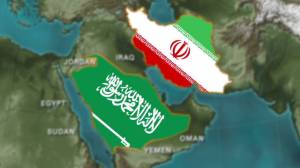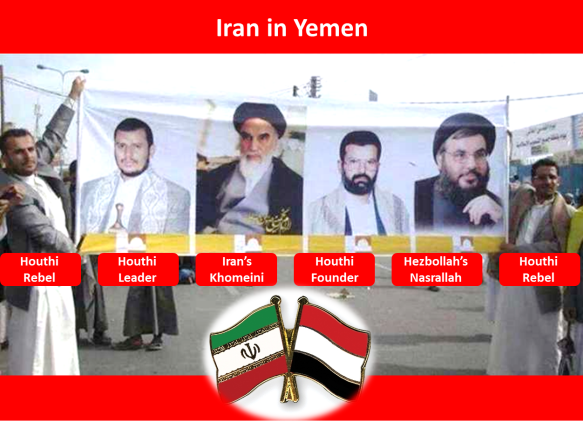Last Wednesday, the last nail in the coffin that was old Yemen got hammered in, as the US state department announced it is closing its embassy in the country, effectively forfeiting the battle on the Yemen to Iran (for now).
The establishing of a new Houthi ruling council on February 6th, was the culmination de facto of a coup d’état in Yemen. The Houthi are a group of Shiite Zaydi fighters led by Abdul Malik al-Houthi backed by Iran.
This process, of Iran getting in the back door and the US getting out of a territory in the Gulf, so close to Saudi Arabia, is a perfect example of Iran’s modus operandi of foreign affairs, or in other words – how it expands its influence beyond its borders.
The Saudi Situation
 Saudi Arabia and Iran are engaged in a decade-long strategic rivalry for power and influence in the Middle East. It is built mostly along sectarian and ideological lines – Saudi Arabia as the leader of the Sunni Muslim world, and Iran as the leader of the Shia Muslim world.
Saudi Arabia and Iran are engaged in a decade-long strategic rivalry for power and influence in the Middle East. It is built mostly along sectarian and ideological lines – Saudi Arabia as the leader of the Sunni Muslim world, and Iran as the leader of the Shia Muslim world.
Yemen’s fall to Iran raises the stakes for the Saudis in the event of a US-Iranian nuclear deal. It could deepen the kingdom’s current independent streak, convincing them to further flood the global oil market to undercut the Iranian economy, or to accelerate its possible nuclear cooperation with Pakistan.
Iran’s Method
 The Islamic Republic wants to export its Islamic Revolution, a goal that Ayatollah Khomeini considered as “imperative”. To do so, it spans its influence as far as South America and Africa, and closer to home, its neighbors in the Middle East – most evidently in Syria, in Lebanon and in its close neighbor Iraq.
The Islamic Republic wants to export its Islamic Revolution, a goal that Ayatollah Khomeini considered as “imperative”. To do so, it spans its influence as far as South America and Africa, and closer to home, its neighbors in the Middle East – most evidently in Syria, in Lebanon and in its close neighbor Iraq.
But Yemen, with its decade long Houthi rebellion, is a perfect example for this, because Tehran’s relentless interference has been most visible: All the way back in 2007, Yemen was pointing fingers at Iran for meddling in its affairs while in 2009, Iran was supplying the Houthi with arms and setting up a quasi-Hezbollah proxy militia. After Saudi Arabia imposed blockades on Houthi-controlled coasts, Iran sent war ships to the Gulf of Eden, allegedly to fight Somali pirates.
But only now, when Iran is the sole international supporter of the Houthi ruling council as the sovereign, all those “hints” and “allegations” were given actual proof.
Bottom line, Iran’s MO looks something like this:
- Identify pro-Shiite leaders, factions and militia within targeted countries.
- Support them “culturally” and financially while meddling in local politics.
- Increase meddling by introducing direct and indirect military strength.
- Establish Hezbollah-like militia with allegiance directly to Tehran.
- Help the Shiite factions to overthrow the government and reap the political, economic and military benefits.

